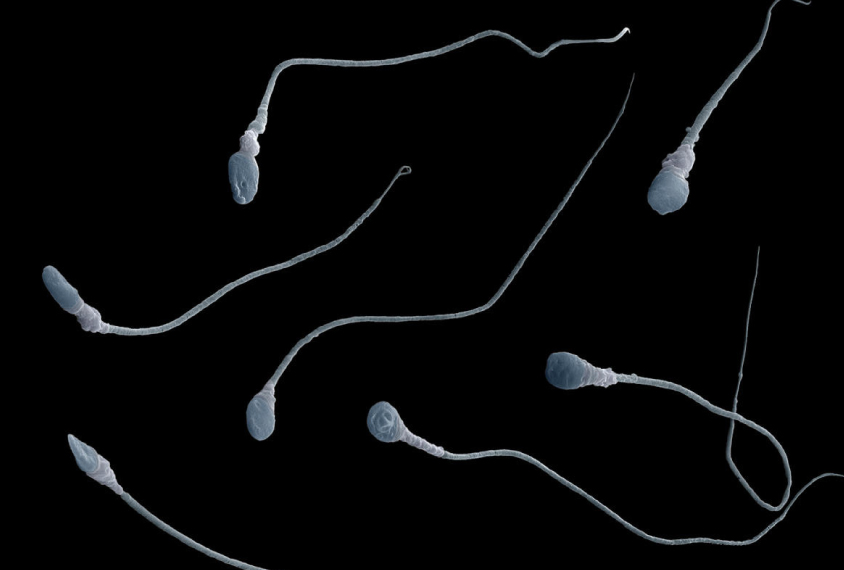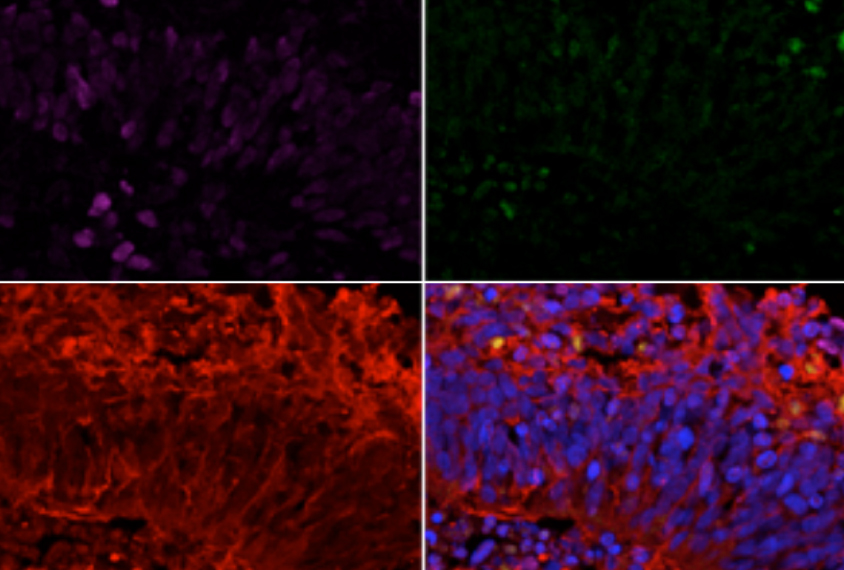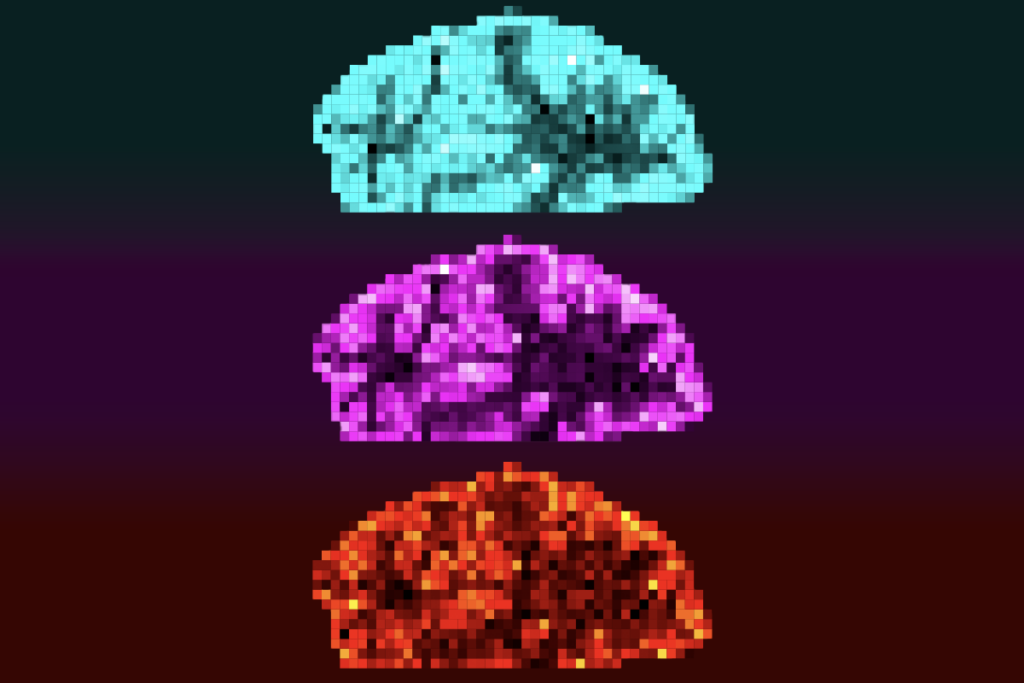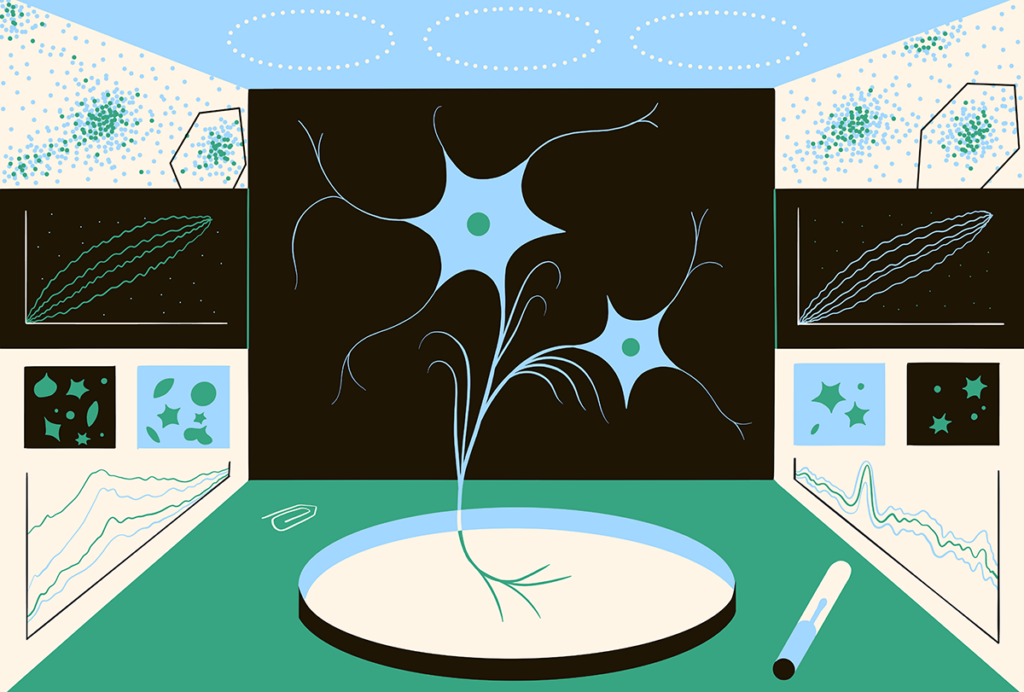ASHG 2018
Recent articles
Some autism mutations go undetected, new study suggests
Some mutations that contribute to autism and arise spontaneously may be mistaken for inherited mutations.

Some autism mutations go undetected, new study suggests
Some mutations that contribute to autism and arise spontaneously may be mistaken for inherited mutations.
Massive sequencing project identifies new genetic syndromes
The largest-ever set of sequences from people with developmental delay has revealed 43 new genetic diagnoses.

Massive sequencing project identifies new genetic syndromes
The largest-ever set of sequences from people with developmental delay has revealed 43 new genetic diagnoses.
Mini-brains may pin down key genes in large mutations
Clusters of brain cells — so-called 'mini-brains' grown in the lab — may help researchers understand how large stretches of duplicated or deleted DNA affect the brain.

Mini-brains may pin down key genes in large mutations
Clusters of brain cells — so-called 'mini-brains' grown in the lab — may help researchers understand how large stretches of duplicated or deleted DNA affect the brain.
Mutation types tied to autism converge on shared set of genes
Genes linked to autism in sequencing studies tend be located in long stretches of DNA that are duplicated or missing in some people with developmental conditions.

Mutation types tied to autism converge on shared set of genes
Genes linked to autism in sequencing studies tend be located in long stretches of DNA that are duplicated or missing in some people with developmental conditions.
Some ‘autism genes’ show stronger ties to related conditions
The largest autism sequencing study to date implicates 99 genes in the condition — but nearly half have a tighter link to intellectual disability or developmental delay.

Some ‘autism genes’ show stronger ties to related conditions
The largest autism sequencing study to date implicates 99 genes in the condition — but nearly half have a tighter link to intellectual disability or developmental delay.
Explore more from The Transmitter
Mitochondrial ‘landscape’ shifts across human brain
Evolutionarily newer regions sport mitochondria with a higher capacity for energy production than older regions, according to the first detailed map of the organelles in a tissue slice, adding to mounting evidence that the brain features a metabolic gradient.

Mitochondrial ‘landscape’ shifts across human brain
Evolutionarily newer regions sport mitochondria with a higher capacity for energy production than older regions, according to the first detailed map of the organelles in a tissue slice, adding to mounting evidence that the brain features a metabolic gradient.
Expediting clinical trials for profound autism: Q&A with Matthew State
Aligning Research to Impact Autism, a new initiative funded by the Sergey Brin Family Foundation, wants to bring basic science discoveries to the clinic faster.

Expediting clinical trials for profound autism: Q&A with Matthew State
Aligning Research to Impact Autism, a new initiative funded by the Sergey Brin Family Foundation, wants to bring basic science discoveries to the clinic faster.
This paper changed my life: Shane Liddelow on two papers that upended astrocyte research
A game-changing cell culture method developed in Ben Barres’ lab completely transformed the way we study astrocytes and helped me build a career studying their reactive substates.

This paper changed my life: Shane Liddelow on two papers that upended astrocyte research
A game-changing cell culture method developed in Ben Barres’ lab completely transformed the way we study astrocytes and helped me build a career studying their reactive substates.